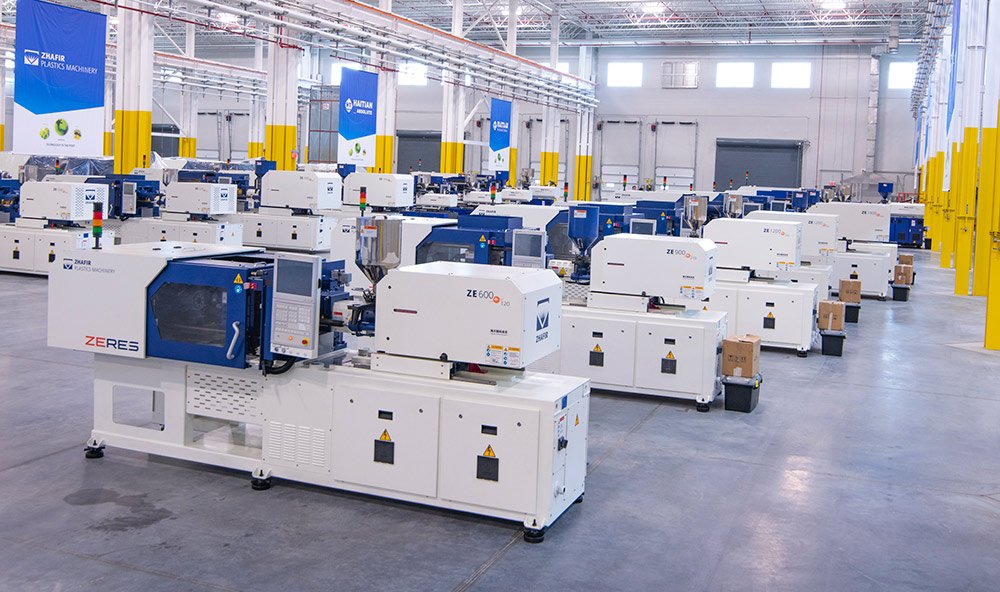When it comes to industrial flow control systems, choosing the right valve can significantly affect efficiency, safety, and performance. One of the most reliable and versatile options for corrosive and high-purity applications is the PVDF Butterfly Valve. If you’re looking to buy PVDF butterfly valves for industrial applications, this blog will guide you through everything you need to know—from what they are, how they work, their benefits, and where to find high-quality options.
What is a PVDF Butterfly Valve?
A PVDF (Polyvinylidene Fluoride) Butterfly Valve is a quarter-turn valve that uses a circular disc to regulate or shut off flow within a pipeline. The valve body, disc, and often the seat are made from PVDF, a thermoplastic fluoropolymer known for its exceptional chemical resistance, high mechanical strength, and thermal stability.
Unlike traditional metal valves, PVDF butterfly valves are engineered specifically for environments where corrosion, contamination, or high-purity requirements are a concern. Their non-metallic construction makes them ideal for industries handling aggressive chemicals, acids, and high-purity fluids.
Why Choose PVDF for Butterfly Valves?
PVDF is not just another plastic. It offers a unique combination of strength, purity, and resistance that makes it perfect for demanding industrial environments:
- Excellent Chemical Resistance – Resists acids, bases, solvents, and oxidizers.
- UV and Radiation Resistance – Suitable for outdoor and light-sensitive processes.
- High Purity – Low leachability, ideal for pharmaceutical and semiconductor use.
- Thermal Stability – Can withstand operating temperatures up to 150°C (302°F).
- Non-Leaching Material – Prevents contamination in ultra-pure applications.
Key Applications of PVDF Butterfly Valves
If you’re planning to buy PVDF butterfly valves, it’s important to understand where they are most effective. Common application areas include:
- Chemical Processing
Handling aggressive acids and caustic chemicals demands valves that won’t corrode. PVDF butterfly valves can withstand chemical exposure over extended periods, reducing maintenance and downtime.
- Pharmaceutical & Biotech
These industries require ultra-pure systems to avoid contamination. PVDF is FDA-compliant and USP Class VI certified, making it perfect for cleanroom and sterile applications.
- Water Treatment
In DI (Deionized) and RO (Reverse Osmosis) water systems, PVDF valves prevent metal ion leaching, ensuring water purity.
- Semiconductor Manufacturing
Where microscopic contamination can result in failure, PVDF valves offer ultra-clean operation with excellent chemical resistance.
- Food & Beverage
PVDF’s non-toxic and non-contaminating properties make it safe for hygienic fluid handling in food-grade systems.
Benefits of Using PVDF Butterfly Valves
If you’re wondering whether a PVDF butterfly valve is worth the investment, consider the following benefits:
✅ Corrosion Resistance
The primary advantage of PVDF is its resistance to chemical attack. Even in highly corrosive environments, PVDF valves maintain their integrity longer than most materials.
✅ Cost-Effective Maintenance
With less corrosion and scale build-up, these valves require less frequent maintenance, saving on operational costs.
✅ High Flow Capacity
Butterfly valves are known for their compact design and high Cv (flow coefficient), meaning they offer better flow rates compared to many other valve types of similar size.
✅ Lightweight Design
PVDF valves are lighter than metal valves, reducing installation effort and system stress, especially in plastic piping systems.
✅ Thermal and Mechanical Stability
Capable of handling temperatures up to 150°C and pressures up to 10 bar (varies by design), PVDF valves are suitable for a wide range of operating conditions.
✅ Compliance with Industry Standards
Most PVDF butterfly valves meet international standards like ASTM, DIN, ISO, and FDA, making them suitable for regulated industries.
How to Choose the Right PVDF Butterfly Valve?
When selecting the right PVDF butterfly valve for your system, consider the following:
- Size & End Connection
Choose the correct valve size based on pipe diameter. End connections may include wafer, lug, or flanged styles depending on installation needs.
- Actuation Type
PVDF butterfly valves can be manually operated or automated using electric or pneumatic actuators. Choose according to your process control requirements.
- Seal Material
Ensure that the seat or seal material is compatible with your media. EPDM, FKM (Viton), or PTFE-lined seats are common depending on chemical compatibility.
- Pressure & Temperature Ratings
Check that the valve’s pressure and temperature limits match your application. PVDF performs excellently under both pressure and thermal stress but has defined limits.
- Certifications & Compliance
For industries like pharmaceuticals, food, and semiconductor, make sure the valve meets relevant certifications like FDA, USP Class VI, and SEMI standards.
Where to Buy PVDF Butterfly Valve for Industrial Use?
When it comes to sourcing PVDF butterfly valves, choose a reliable manufacturer or supplier that specializes in high-performance plastic valves for industrial use. Look for:
- Proven industry experience
- In-house quality testing
- Material traceability and certifications
- Customization and technical support
Final Thoughts
Whether you’re upgrading an existing system or building a new one, the PVDF butterfly valve offers a reliable, long-lasting, and contamination-resistant solution for demanding industrial applications. Its excellent chemical compatibility, high purity, and mechanical durability make it a preferred choice across various sectors. If you’re ready to buy PVDF butterfly valves for industrial applications, trust in quality, compliance, and technical excellence—choose a valve that performs under pressure, every time from Petron Thermoplast.


